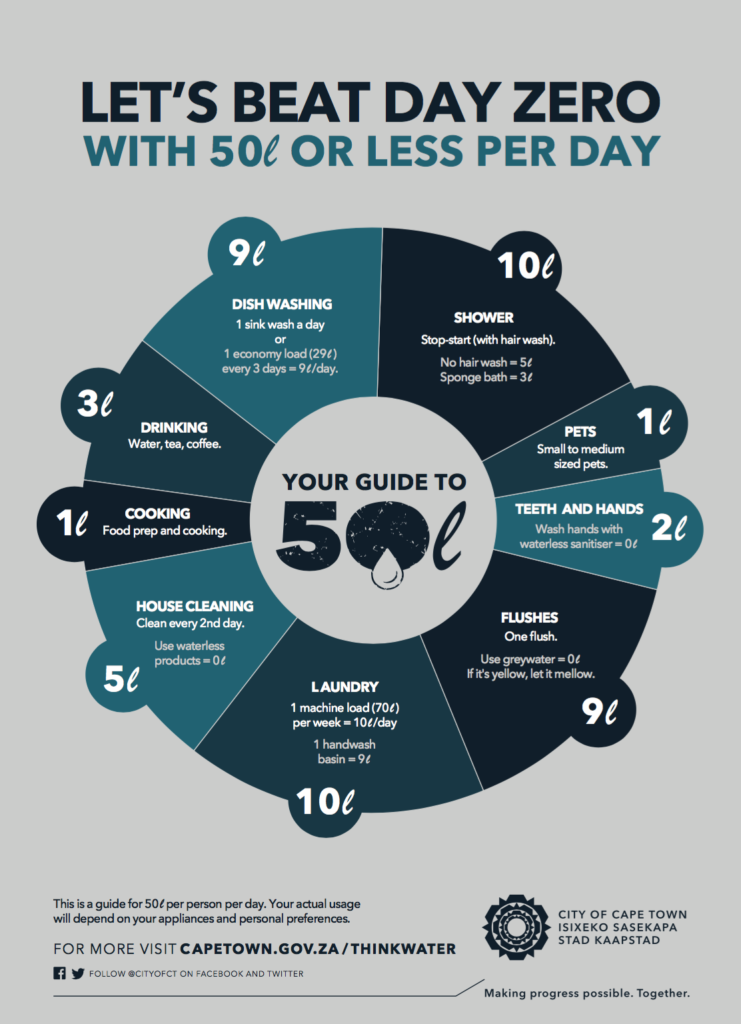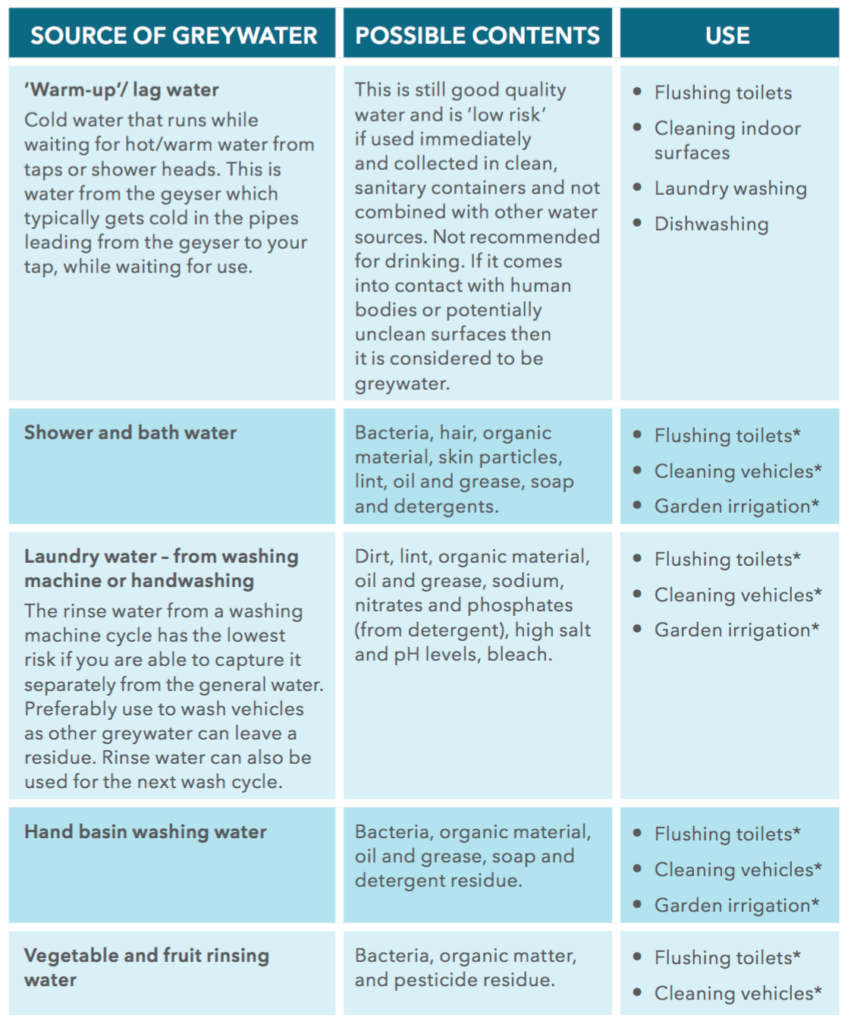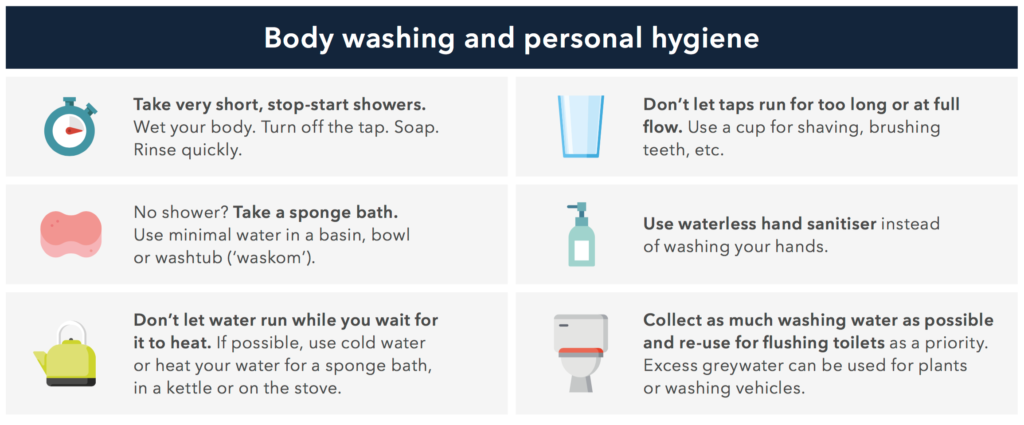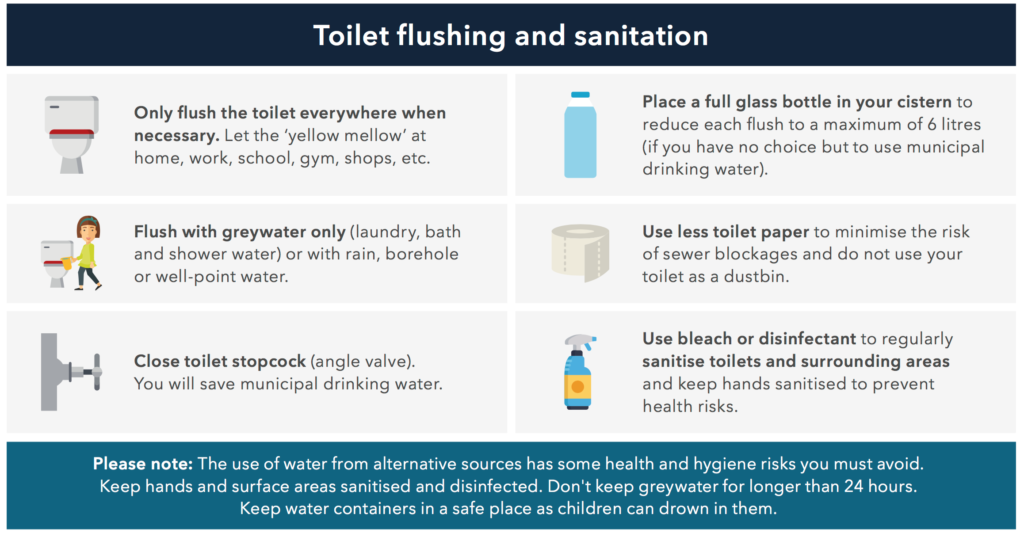CAPE TOWN – a city many described to me as one of the most beautiful in the world, but the three-year drought is starting to make life in the capital of South Africa difficult, to say the least. In mid-January this year, Mayor Patricia de Lille announced that the city would one day be forced to shut off most of the municipal water supply, the day known as Day Zero, if conditions do not change. Cape Town will be the first major city in the world, with a population of more than 3.5 million. Since the announcement of Day Zero, the citizens have made significant changes – and managed to push the date from mid-April to 2019. They have set an example for the whole world, here is their story.
What will happen on Day Zero?
Day Zero will happen when dam levels in the city reach 13.5%, a very critical level. The taps of houses and businesses will be shut off and people will be forced to collect water from one of 200 water collection sites. Water tankers will deliver the water to the old and disabled. Each person will be able to take up to 25 L of water per day, which is in line with the World Health Organization’s recommendation. the 25 L will be obtained for free in these sights, but if you are not able to go to one of these 200 sites every day, you will need to purchase your water.
After it was announced that the city would soon be running out of water, the government recommended that everyone would use up to fifty liters of water a day. I know that sounds like a lot, but it’s not. People in the UK use on average 150 L per day, while in Istanbul, this number is higher at 186 L.

So, how do they do it? How do they use less than a third of what we use?
First of all, they use a lot of greywater. What is greywater you ask? Good question. It’s the water that’s half clean that goes down the drain or when you brush your teeth. They collect this water and use it to flush the toilet, cleaning vehicles and watering plants.

They also take military showers: wet, shampoo, wet etc. They don’t have the luxury of baths and long showers anymore. While a 90-second shower is 18 L of water, they manage to use about 10 L.


DAY ZERO has no definite date right now. Every week, the date gets recalculated and updated.
At the beginning of March, the average water consumption of the city was 516.000.000 L per day, slightly more than Cape Town’s goal – which is 450.000.000. To understand the significance of this number, it’s useful to know that the city’s average water consumption was 1.2 billion L a day in 2015. Their progress meant that is they continued like this, they would most likely not reach Day Zero in 2018.
Unfortunately, it has recently been announced that Capetonians’ water usage has gone up since then. If the city gets no rain throughout the winter, they will be in big trouble. Although citizens are getting used to this new lifestyle, the strict limits are bad for businesses and agriculture.
Let’s hope that it does rain, and even though it’s almost impossible to get rid of the danger completely, at least Capetonians would be able to live close to peacefully, knowing that Day Zero is not months – but most probably years away.
